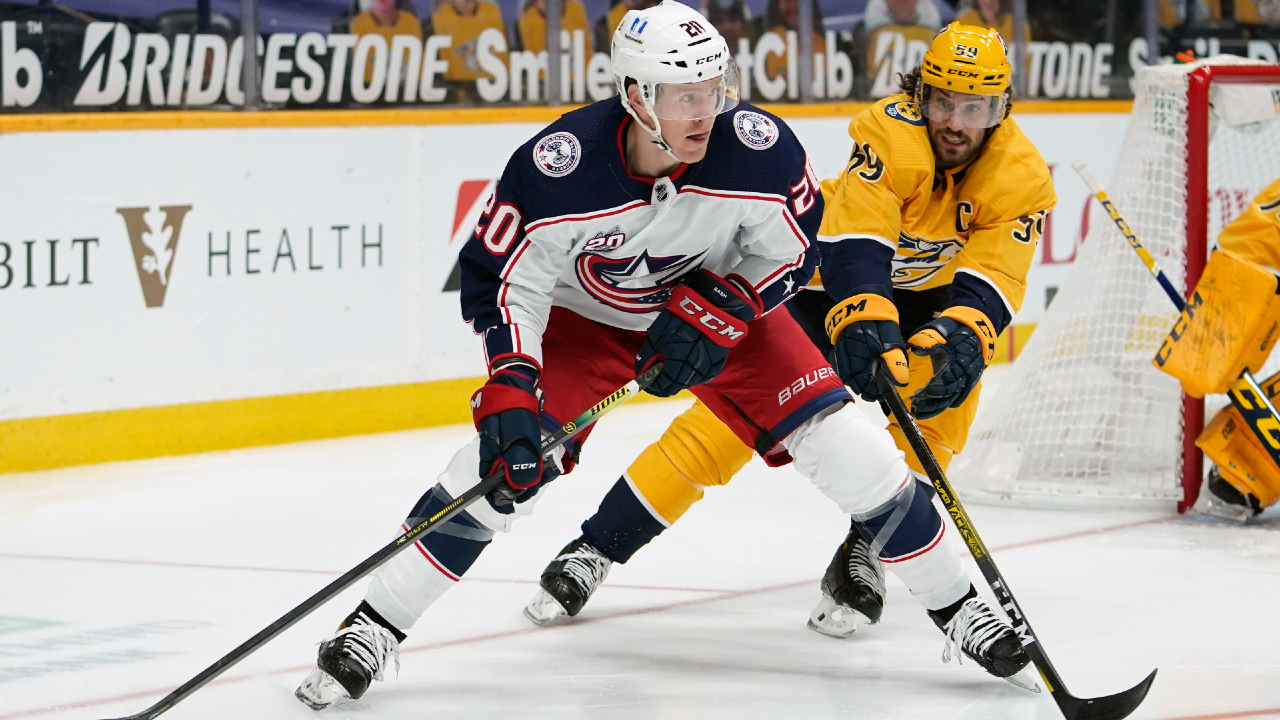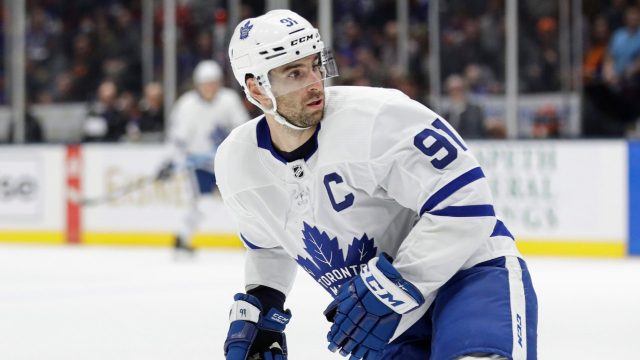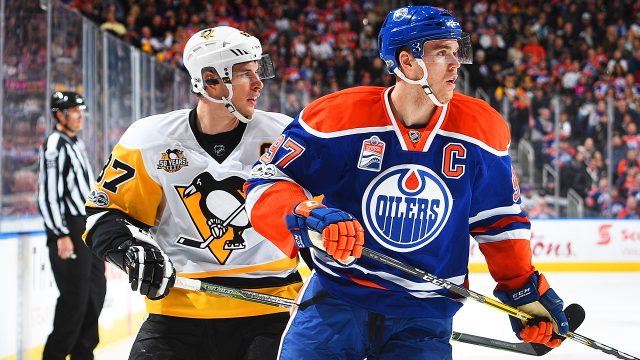
TORONTO — The only real question now is whether Frederik Andersen will be healthy enough to play another game for the Toronto Maple Leafs before the end of the regular season.
If he’s sidelined until the playoffs, Friday’s creative cap-bending maneuver to acquire depth forward Riley Nash while triggering the long-term injury provision signalled that Kyle Dubas has roughly $5-million in space to play with heading into the trade deadline.
However, should Andersen return from a lower-body injury the team has declined to place a timeline on before May 11, what they accomplished in the trade with Columbus was adding a veteran centre without any impact on their cap position because Nash is out four to six weeks with a knee sprain.
Either way it’s an outside-the-box approach to acquiring an asset while balancing a challenging cap situation — something Toronto has become known for under assistant general manager Brandon Pridham.
What this deal ultimately tells us about the Leafs hinges entirely on Andersen’s health. He hasn’t been on the ice since a loss to Calgary on March 19 and isn’t expected to join the team for practice before Monday’s 3 p.m. trade deadline passes.
They hadn’t triggered LTI since Andersen’s injury until the series of roster moves that accompanied Friday’s trade. Sequentially, they got as close to the $81.5-million cap ceiling as they could in order to maximize what’s known as their accruable cap space limit. Then they placed Andersen on LTI retroactively, acquired Nash and placed Nash on LTI.
This ensures the Leafs will finish out the season above the league’s cap ceiling — with the only question being how far above.
The organization typically operates with a fair amount of transparency when it comes to injuries, but they’ve been guarding Andersen’s status like they’re protecting the keys to a massive stack of Bitcoins.
Sheldon Keefe has mentioned multiple different doctor visits for the 31-year-old goaltender during media sessions, but declined to place any timeline on his recovery. The coach most recently addressed the topic on Wednesday by saying that he had “no concern” Andersen’s season was in jeopardy and added: “No update. No update on him today. He had another follow-up here, but I haven’t had the update on that here yet.”
It’s a multi-layered issue because of Andersen’s importance to the team, but also because it’s directly tied to what Dubas is able to do before the deadline.
Understanding the constraints of the Leafs’ cap situation, the general manager is expected to be aggressive in upgrading a roster currently sitting third overall in points percentage. He’s targeting another forward that can play on the second line and could potentially add depth on his blue line and in goal, but will need to be creative if Andersen’s eyeing a return and his LTI space can’t be counted on for the remainder of the regular season.
There are other avenues to explore if that’s the case.
Chicago, San Jose and Los Angeles are among the NHL teams that have let it be known that they’re willing to serve as third-party brokers to retain cap space as the go-between on deals at this deadline, and it wouldn’t be surprising to see the Leafs take one of them up on that kind of offer to reduce the cap hit on their next acquisition.
Nash arrives in Toronto for $687,500 — what he’s owed for the remaining 29 days of the season — and a 2022 seventh-round draft pick that will be upgraded to a sixth-rounder if he plays in at least 25 per cent of Toronto’s upcoming playoff games.
The 31-year-old brings strong defensive impacts and 32 games of post-season experience — including last summer’s series against Toronto in the NHL bubble and a 2018 seven-gamer versus the Leafs as a member of the Boston Bruins.
Assuming Nash’s recovery goes as expected, he’ll add a little more insurance for a team eyeing a long playoff run and he requires very little commitment as a pending unrestricted free agent.
And his acquisition hinted at more moves to come in Toronto over the next 70 hours.






